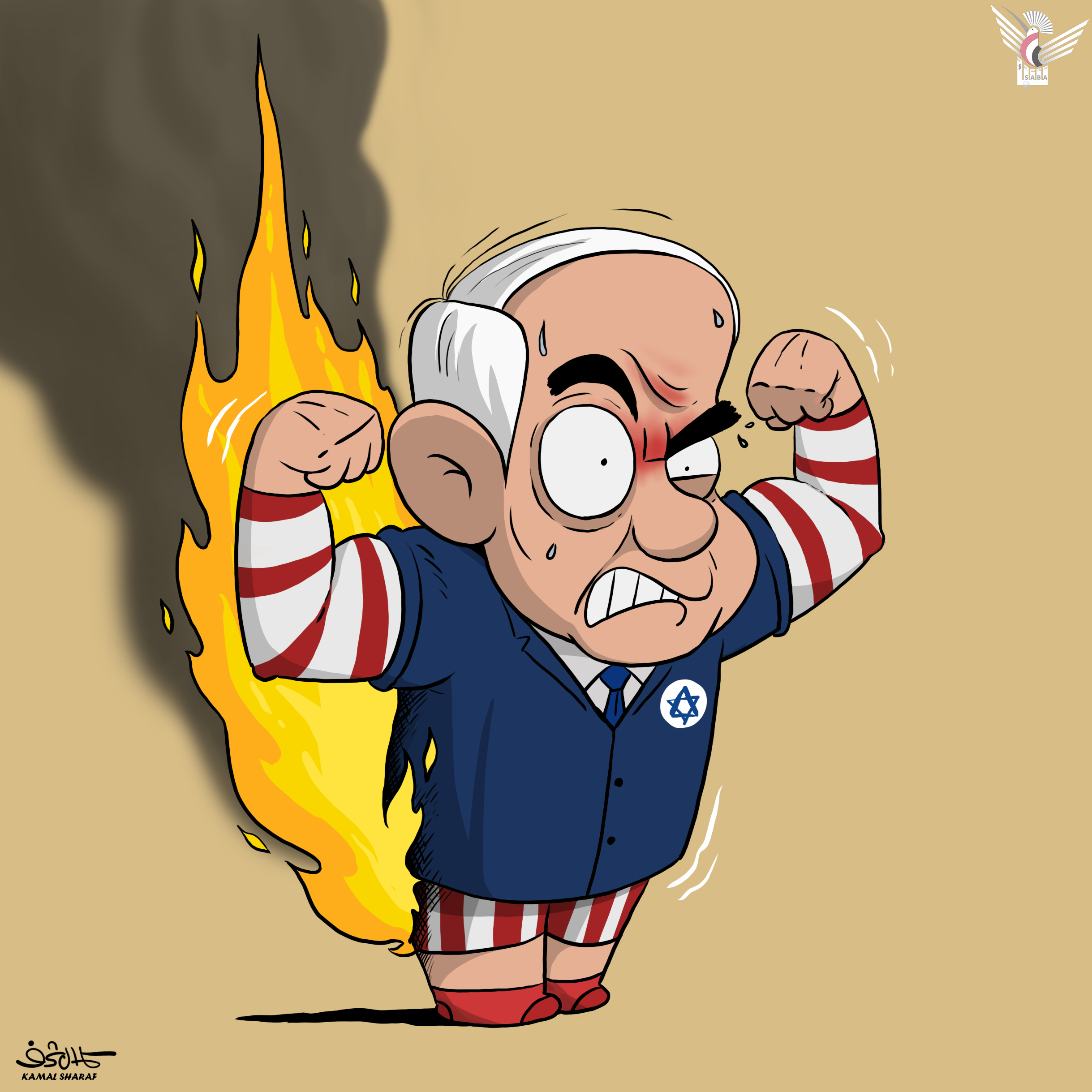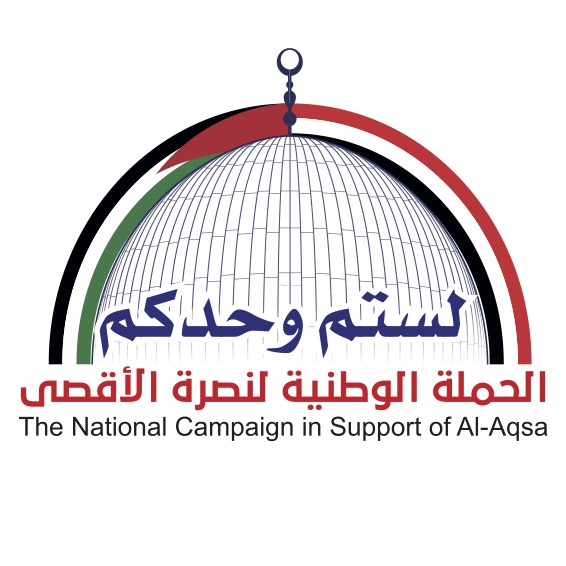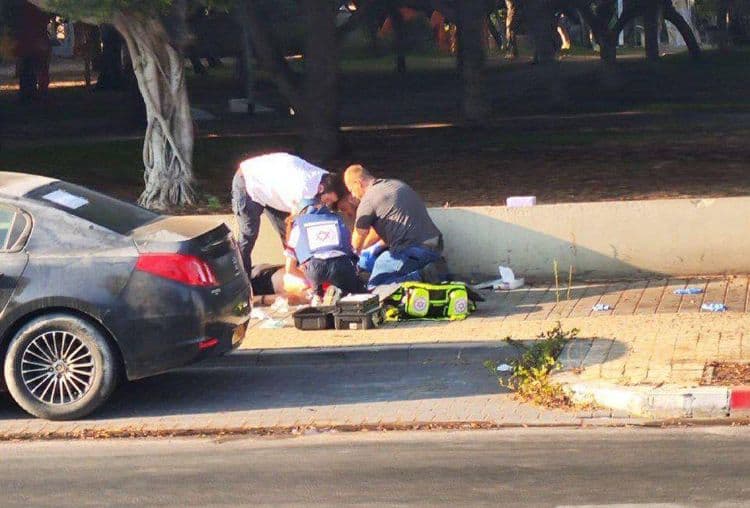CAPITALS August 07. 2024 (Saba) -The stabbing attack carried out by a Palestinian resister in Holon city, east the so-called greater Tel Aviv or Gosh Dan, came to send a challenge message from the Palestinian resistance, that a new stage of opposing the Zionist enemy had begun in the occupied West Bank that hosts an open confrontation with the occupier.
To recall details of the heroic operation, a Palestinian youth from Salfit in the occupied West Bank on Sunday carried out a stabbing attack in Holon City, leaving two Zionists killed and three others with critical wounds.
Enemy forces opened fire at the youth after his stabbing attack, and later the attacker was identified as Ammar Awda, a resident of Salfit, who got access to the area with no permit. He was reportedly wounded and taken to hospital for treatment, before his martyrdom was declared.
Here, attention should be given to the fact that this operation portends a new development in the equation of deterrence and defiance, particularly in the occupied West Bank, represents a great challenge to the Zionist intelligence, and serves as a message from the resistance that: We can reach and harm the most vital areas in the Zionist entity.
In this regard, according to Wasif Oraiqat, a military and strategic expert, Holon attack confused the Zionist enemy's security considerations, and came as a normal response to its crimes against the Palestinians.
The attacker successfully confused the occupier's security considerations, as the operation took place deep in heart of the occupier's entity, the most secured area, Oraiqat said.
"Holon is a security square enjoying the most advanced security means, where the attacker underwent security inspection measures," the expert added. "But the occupier's forces failed to identify the attacker or to notice anything before the attack occurred."
This failure proves that the enemy's measures targeting the Palestinian fighters and activists are futile, he said, as the "variable methods and tools used to carry out operations make the occupier's security forces sleepless."
The attacker of Holon broke the separation wall, despite the tightened security measures and barriers throughout the West Bank and inner occupied lands, Yaseen Ezaddeen said, hailing the attack as a heavy blow to the occupier's security.
The attack was executed in three places of Holon - a part of the great Tel Aviv - which reflects a huge failure of Ben-Gvir and his security institution, the political analysts and author added in remarks to 'Al-Risala'.
Since the beginning of the genocidal war on Gaza Strip, the Zionist enemy has always sought to close the cities and villages in the occupied West Bank, deployed soldiers, erected security barriers, chased Palestinian workers and cancelled permits in fear of individual acts, he said.
Despite the decline in commando attacks in the West Bank due to the enemy's measures, Holon operation took place in critical time and served as a deadly blow for the enemy, proving that such tightened measures can be penetrated.
The Zionist opposition leader, Yair Lapid, rushed to attack the so-called minister of national security, Itamar Ben-Gvir, in the aftermath of Holon operation.
"Since Ben-Gvir took office, our streets became full of murders and attacks," Lapid said. "No minister is more failed and helpless than him."
The Israelis' personal security is collapsing and the police is in its worst, he added, noting that "the only thing Ben-Gvir does is interviews and provocations from morning until evening."
Following the attack, Ben-Gvir visited the scene and called on the Zionists to carry guns, noting that his government had distributed thousands of weapon pieces to the citizens.
Holon operation came after the Palestinian resistance in the West Bank carried out in the last 24 hours 12 resisting acts against Zionist troops and settlers, as part of the 'Aqsa Flood' battle.
Resistance operations left two Zionists killed and four others injured, Palestine Information Center (Ma'ata) said on Monday in a statement.
The resistance acts continued in the West Bank during the last 24 hours, as part of the 'Aqsa Flood' battle, leaving two deaths and four injuries among the Zionist soldiers and settlers, the Center added.
The Center documented 12 resistance acts, including one stabbing, three shootings, armed clashes, detonation of an explosive device, throwing a Molotov, damaging two vehicles of settlers, tackling settlers' assaults, and clashing with and stoning the enemy troops stationed in two places in the West Bank.
Salfit province saw the heroic stabbing operation near Holon settlement that left two settlers killed and three others injured, and the attacker, Ammar Awda, was martyred.
The rebellious youths in Salfit repelled assaults by settlers of Arail settlement, and damaged a Zionist vehicle.
The Palestinians confronted settlers in Nablus and destroyed a vehicle of the settlers, leaving one settler injured, and the rebellious youths targeted 'Beit Aliet' settlement in Bethlehem with Molotovs.
In Jenin, the resisters engaged in armed clashes with enemy troops stationed at 'Dotan' barrier, intensely fired bullets at them, and opened fire at troops near Salem barrier.
Zbona town in Jenin saw public clashes and explosive devices blasts, and the resisters in Qalqilia engaged in armed clashes with enemy troops. Hebron also witnessed violent skirmishes in al-Fawar Camp.
K.N

| more of (Reports) |




